Among all of humanity’s greatest accomplishments, like reaching the moon, we’ve never been able to solve the global water crisis. But now there’s a goal to do so, and World Vision is playing a leading role in achieving it. From World Vision U.S. President Rich Stearns, find out how clean water for the world can be our generation’s moon shot!
* * *
During a recent visit to Kenya, I was enchanted by a bright, full moon rising dramatically over the rural landscape in West Pokot.
The orbiting moon is the same distance it has always been from Earth, about 238,000 miles. Yet when we look at it in the sky, it doesn’t seem so far away. After all, we’ve reached it. The 1969 moon shot cost billions of dollars and required countless hours of research, engineering, calculations, and training — all worth it when Neil Armstrong and Buzz Aldrin stepped onto the lunar surface.
Putting a man on the moon is one of humanity’s greatest achievements, right up there with creating written language, harnessing electricity, inventing vaccines, and mastering flight. But there’s one accomplishment that has eluded us. Never in the history of the world has every man, woman, and child on the planet enjoyed access to safe, clean water.
It seems incredible that despite all our ingenuity, 650 million people worldwide still lack this elemental resource. I’ve met Africans in their 70s who had never tasted clean water, let alone bathed in it, cooked with it, or washed their clothes with it. In 70 years, they have never known the dignity of a private toilet. But what they do know is a multi-mile trek several times every day to gather water from a source that probably isn’t safe. They do know what it feels like to lose a child to diseases from contaminated water.
Providing clean water for everyone on earth could be this generation’s moon shot — an ambitious goal that might seem crazy until it succeeds. Fortunately, there’s already a plan, mobilizing even more manpower and possibly even more brainpower than NASA. In September 2015, the nations of the world pledged to eliminate poverty in all its forms by 2030, including achieving universal access to clean water and sanitation.
World Vision aims to take the lead in this global achievement by reaching everyone everywhere we work with clean water by 2030. That’s about 40 to 50 million people. I know we can do it. In 2016 alone, we provided clean water access to 4.6 million people — the entire population of Los Angeles and Seattle combined. And we did it in some of the toughest places around the globe.
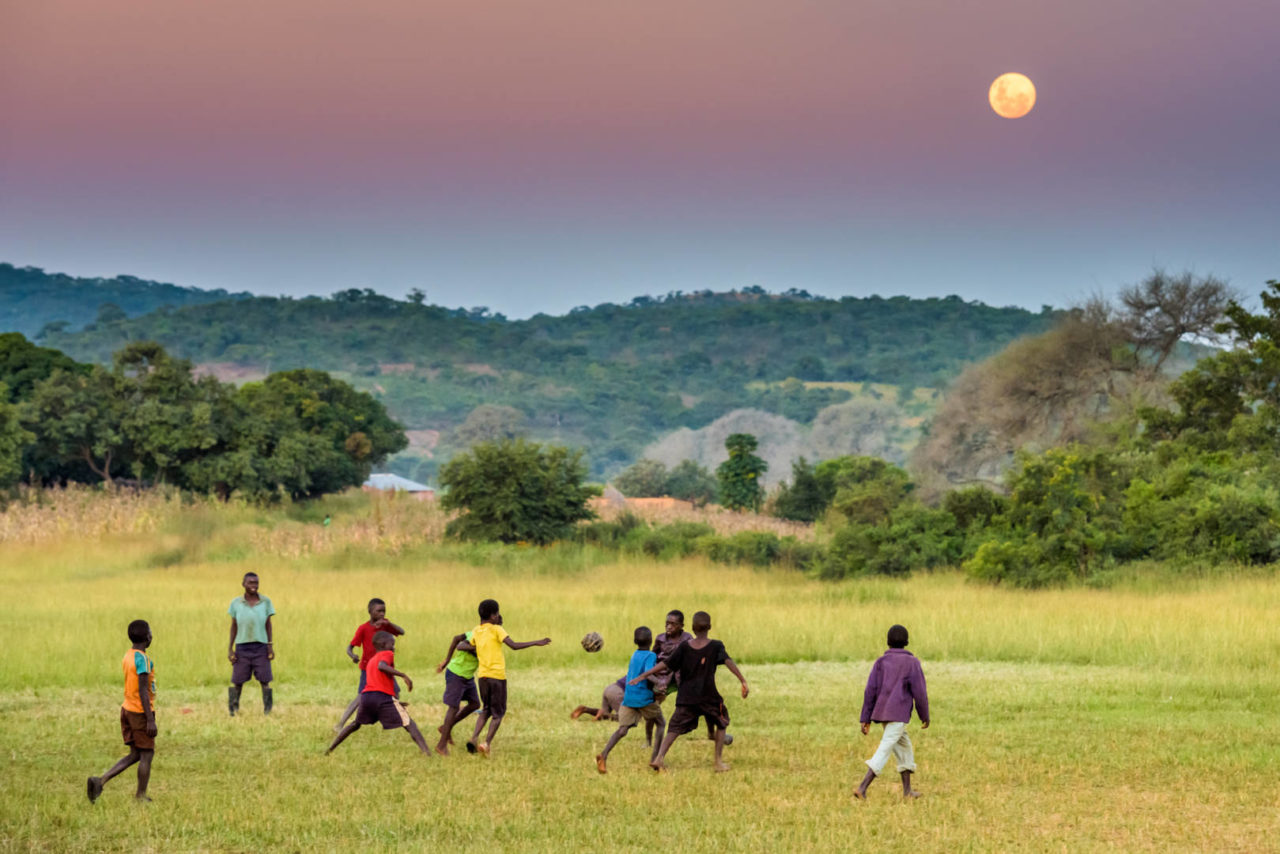
In Kenya, I saw an inspiring example of our water work in a place called Marich Pass, in West Pokot. Once a dry, barren landscape where villagers depended on erratic rainfall and an unreliable river, Marich Pass is now a thriving region where 100,000 people enjoy clean water brought to them by 50 miles of piping — a project World Vision launched in 1992. American donors and Italy’s government provided significant funding.
Today there are schools, health centers, and churches in Marich Pass. While other parts of Kenya wither in a severe drought, families in this community sustain themselves with clean water and irrigated crops. The lead engineer on the project, a committed Christian named David King’oo, told me, “Whatever we have done, the glory goes to God.”
Projects like this — bringing together knowledgeable local workers and dedicated donors in a faith-filled enterprise — show why World Vision is the number one humanitarian organization in the world providing clean water and sanitation.
But as much as we like being first, I hope we can be last in one way: I want World Vision to drill the very last well in the very last village on earth lacking clean water.
I can imagine it. The year is 2030; the scene, perhaps somewhere in northern Mali. A World Vision drill rig bumps slowly down a long, dusty road while throngs of cheering people run alongside it. They’re excited — they have waited all their lives for this day.
Hours pass as the drilling crew makes its slow progress drilling into the stubborn earth. But not one person leaves — no one wants to miss such a life-changing moment. Finally, the drill strikes the aquifer. Mud and water shoot like a geyser out of the borehole. The people erupt with joy; they cheer, laugh, shout, and cry. Because water is life.
This isn’t just a dream — this can happen in our lifetime. And I’m going to be there for it. I’ll be almost 80 in 2030, but I told my staff they can wheel me into an airplane and load me onto an SUV if they have to so I can witness it with my own eyes.
When it comes to clean water, we have to keep shooting for the moon. And if we do it with the single-minded resolve our country applied to space exploration in the 1960s, we will reach our goal.
Let the history books show that we were the generation who brought clean water to the entire world, to the glory of God.
World Vision U.S. President Rich Stearns is the author of The Hole In Our Gospel and Unfinished. Follow him at twitter.com/richstearns.
Help us in our moon shot of bringing clean water to the world by 2030! Donate to our clean water work here.
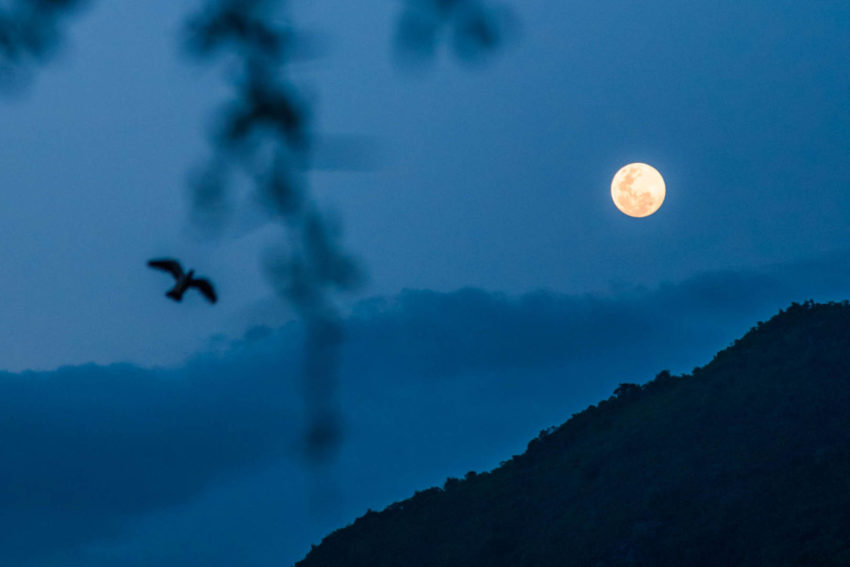
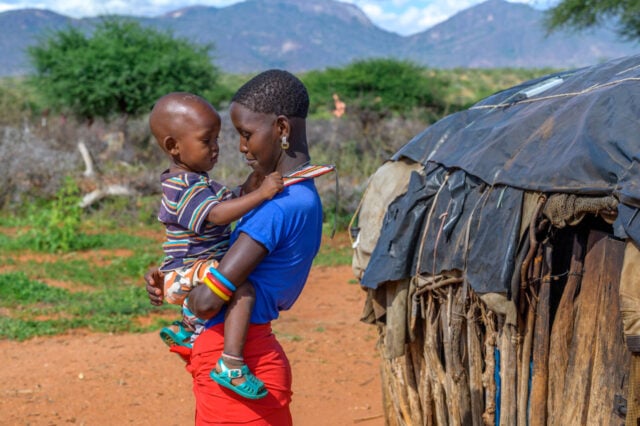
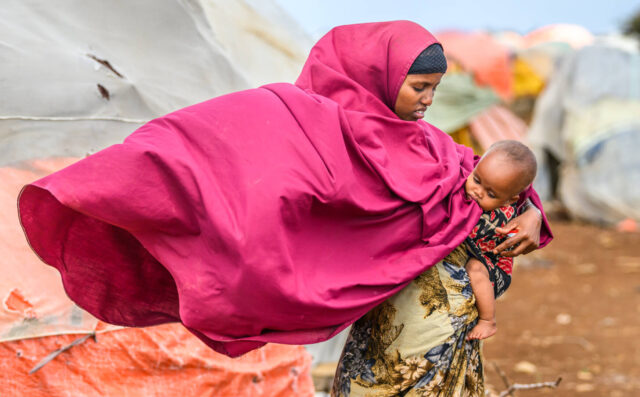
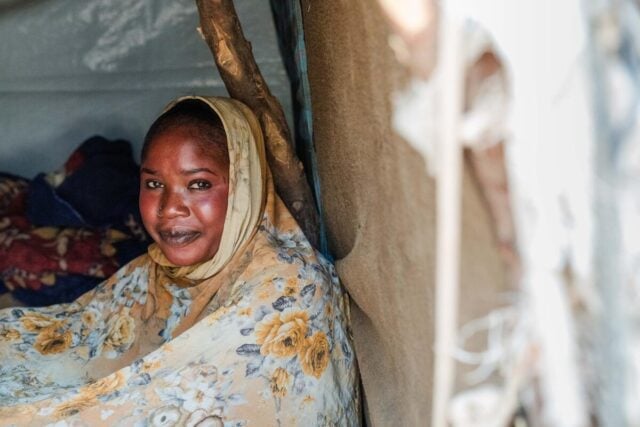

Comments